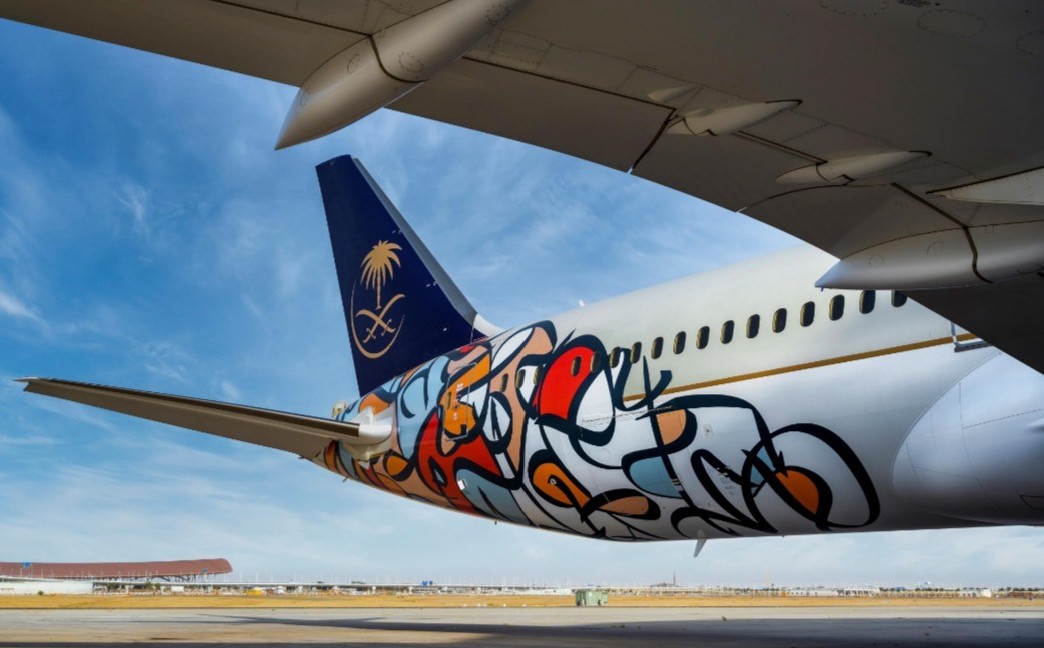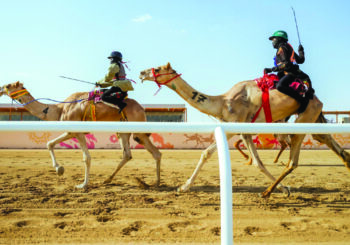Calligraphy has long been regarded as a cornerstone of Saudi Arabia’s cultural and artistic heritage. Rooted in the Islamic tradition and intertwined with the Arabic language, calligraphy represents both a spiritual art form and a means of preserving the Kingdom’s history and identity. In a rapidly modernizing society, this timeless art continues to thrive, embodying the essence of Saudi identity.
Arabic calligraphy’s deep connection to Islam has solidified its place in Saudi culture. The Qur’an, Islam’s holy book, was revealed in Arabic, and its verses have been meticulously transcribed in various styles of calligraphy since the early days of Islam. This reverence for the written word has elevated calligraphy to a sacred art form, seen as a way to glorify God and convey spiritual messages with beauty and precision.
Historically, calligraphy also served as a vital tool for recording knowledge and documenting Saudi Arabia’s rich history. From inscriptions on ancient monuments to handwritten manuscripts, calligraphy has preserved the legacy of the Kingdom’s culture, faith, and governance for generations.
The Artistic Diversity of Arabic Calligraphy
Saudi calligraphy encompasses a variety of styles, each with its unique aesthetic and purpose. Prominent styles include:
- Kufic: Known for its geometric shapes and angular forms, Kufic is one of the oldest calligraphic styles and often found in architectural decorations.
- Naskh: A clear and legible script, Naskh is widely used for printing the Qur’an and other religious texts.
- Thuluth: Distinguished by its flowing, cursive lines, Thuluth is often used in ornamental designs and artistic displays.
- Diwani: A highly decorative script developed during the Ottoman period, Diwani is associated with royal decrees and official documents.
These styles, passed down through generations, reflect the adaptability and creativity of Saudi artists, who continue to innovate while staying true to tradition.
Calligraphy in Saudi Architecture and Design
The influence of calligraphy is evident in Saudi Arabia’s architectural masterpieces. Mosques, palaces, and public spaces feature intricate inscriptions that combine spiritual devotion with artistic expression. The Prophet’s Mosque in Medina and the Grand Mosque in Mecca are adorned with breathtaking calligraphic works, serving as both spiritual and cultural landmarks.
In contemporary Saudi design, calligraphy extends beyond religious contexts. Modern artists incorporate it into visual art, fashion, and interior design, blending traditional motifs with modern aesthetics. This fusion highlights the enduring relevance of calligraphy in Saudi society.
Saudi calligraphy has also become a tool for cultural diplomacy. Exhibitions showcasing Arabic calligraphy are held worldwide, fostering cross-cultural appreciation and dialogue. By highlighting this unique art form, Saudi Arabia presents its rich cultural heritage to global audiences, strengthening its soft power on the international stage.
Calligraphy in the Digital Age
As Saudi Arabia embraces digital transformation, calligraphy has adapted to the digital age. Artists now use software and digital tools to create calligraphic art, making it accessible to wider audiences. Social media platforms have become a space for sharing and celebrating this art form, inspiring a new generation of calligraphy enthusiasts.
Meanwhile, under the Kingdom’s Vision 2030 initiative, efforts to preserve and promote Saudi heritage have taken center stage. The establishment of cultural hubs, calligraphy schools, and events such as the “Year of Arabic Calligraphy” in 2020 and 2021 have reinforced the art form’s importance in the years to come. These initiatives aim to nurture young talent, support calligraphers, and ensure that calligraphy remains a living and evolving tradition.
Calligraphy’s enduring presence in Saudi Arabia is a testament to its role as a cultural pillar. It bridges the past and present, serving as a link between the Kingdom’s ancient traditions and its modern aspirations. By continuing to celebrate and innovate within this art form, Saudi Arabia ensures that calligraphy remains an integral part of its national identity.








Comments (0)